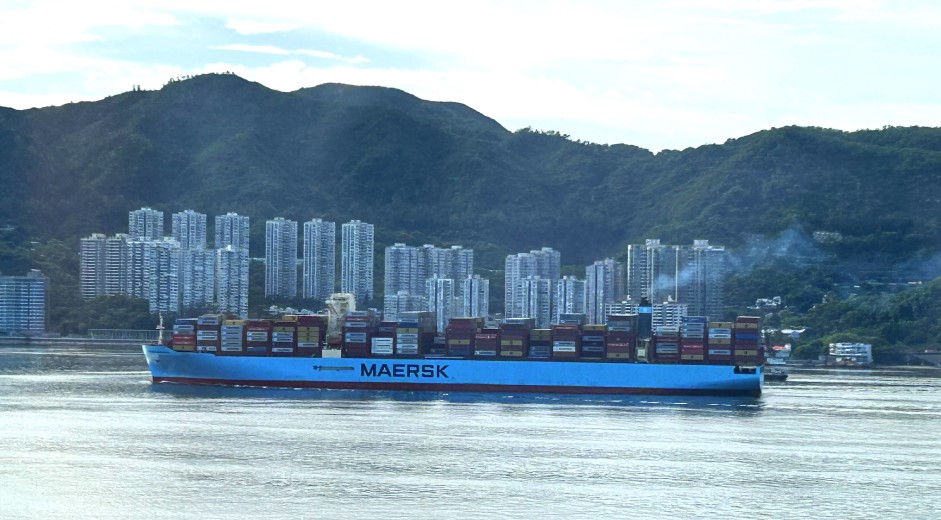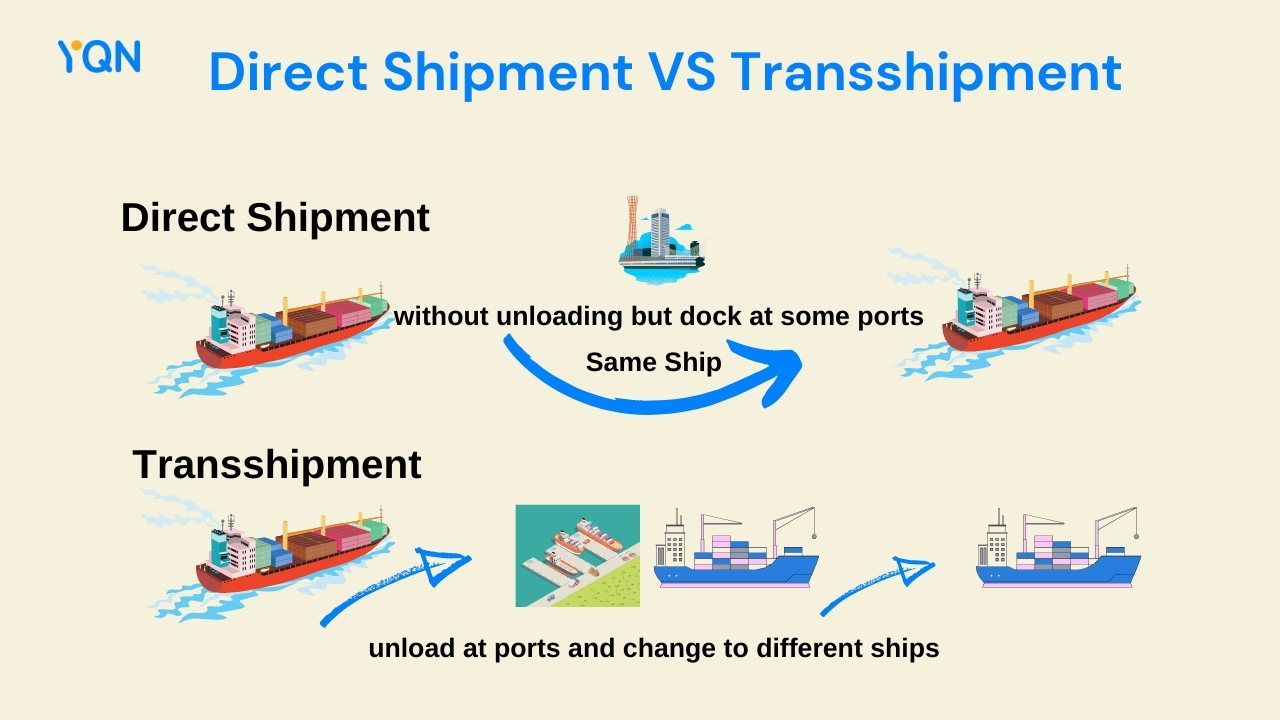Is Direct Shipment Always Faster than Transshipment?
When we are discussing about sea shipping, most people tend to think that direct shipment must be faster than transshipment. If there are both direct and transshipment options for sea freight, they will choose the direct one without hesitation.

But is this really the case? Let's consider a route from Tianjin to the West Coast of the USA as an example.
Case Study: Direct shipment isn't faster
1. Transshipment plan: Containers are first shipped from Tianjin Port to Busan, South Korea, and then transshipped in Busan where containers are unloaded and loaded onto another ship for the next leg of the journey. The route is: Tianjin - Dalian - Busan - Long Beach, with a total voyage time of 18 days.
2. Direct plan: Containers are loaded in Tianjin Port, then sequentially dock at Dalian Port, Qingdao Port, Shanghai Yangshan Port, Ningbo Port, Xiamen Port, and finally sail from Xiamen Port to Long Beach. The entire voyage takes 22 days.
In this case, direct shipment is slower than transshipment. Some may say, "Wait, the second plan calls at more ports than the first one, so the second one is transshipment, and the first one is direct."
However, docking at ports does not mean transshipment.
Direct Shipment VS Transshipment

What is transshipment?
Transshipment means transferring to another ship, like in the first plan, containers are unloaded in Busan and then loaded onto another ship for the next leg of the journey.
What is direct shipment?
In contrast, in the second plan, although the containers call at many ports, they are never unloaded. From Tianjin to Long Beach, it's always the same ship. As long as the cargo is not unloaded, it's a direct shipment.
This is similar to taking the subway. If you travel from station A to station B, you can take line 4 directly, which has 12 stations, or you can transfer from line 1 to line 3, which has a total of 9 stations. The route with a transfer is likely faster than the one without a transfer.
Transshipment risks
Although in terms of meaning, direct shipment is not necessarily faster than transshipment, in actual situations, many other factors need to be considered. If the transshipment port is very busy, it can easily lead to port congestion, where containers are stuck at the transshipment port and not promptly transferred out.
If the containers arrive in Busan but due to the high volume of containers, they wait for a week before being loaded onto the next ship for the next leg of the journey, it can lead to a situation where transshipment is slower than direct, or even much slower.
This is why many clients dislike transshipment, especially during peak seasons when containers are more likely to be congested at transshipment ports.
How to choose between direct shipment and transshipment?
There are many other factors that need to be considered.
1. Vessel Schedule: Different shipping companies have different vessel schedules. YQN logistics offers free tool - Vessel Schedule, where you can find the docking ports details and shipping activities as well as timely schedule adjustments or delayed information.

YQN Logistics Tool - Vessel Schedule
2. Loading and unloading times: Some loading and destination ports may have very slow loading and unloading speeds due to their equipment, labor efficiency, etc., which may result in the actual transportation time being longer than expected for transshipment.
3. Customs clearance speed: If the customs inspection of the destination country is strict, it may prolong the clearance time. This factor can influence both direct shipment and transshipment.
4. Sailing speed: There may be differences in sailing speed between direct shipment and transshipment. Even if the direct shipment distance is shorter, if the sailing speed is slow, the actual transportation time may still be longer.
5. Weather and ocean state: The weather and sea state encountered during direct shipment and transshipment may differ, affecting sailing speed and safety.
Therefore, the choice of transportation method will be recommended based on the characteristics of the goods, transportation needs, and shipping costs. YQN Logistics will always try to offer the most suitable transportation method to our clients.
---
YQN Operation Team
info@yqn.com





